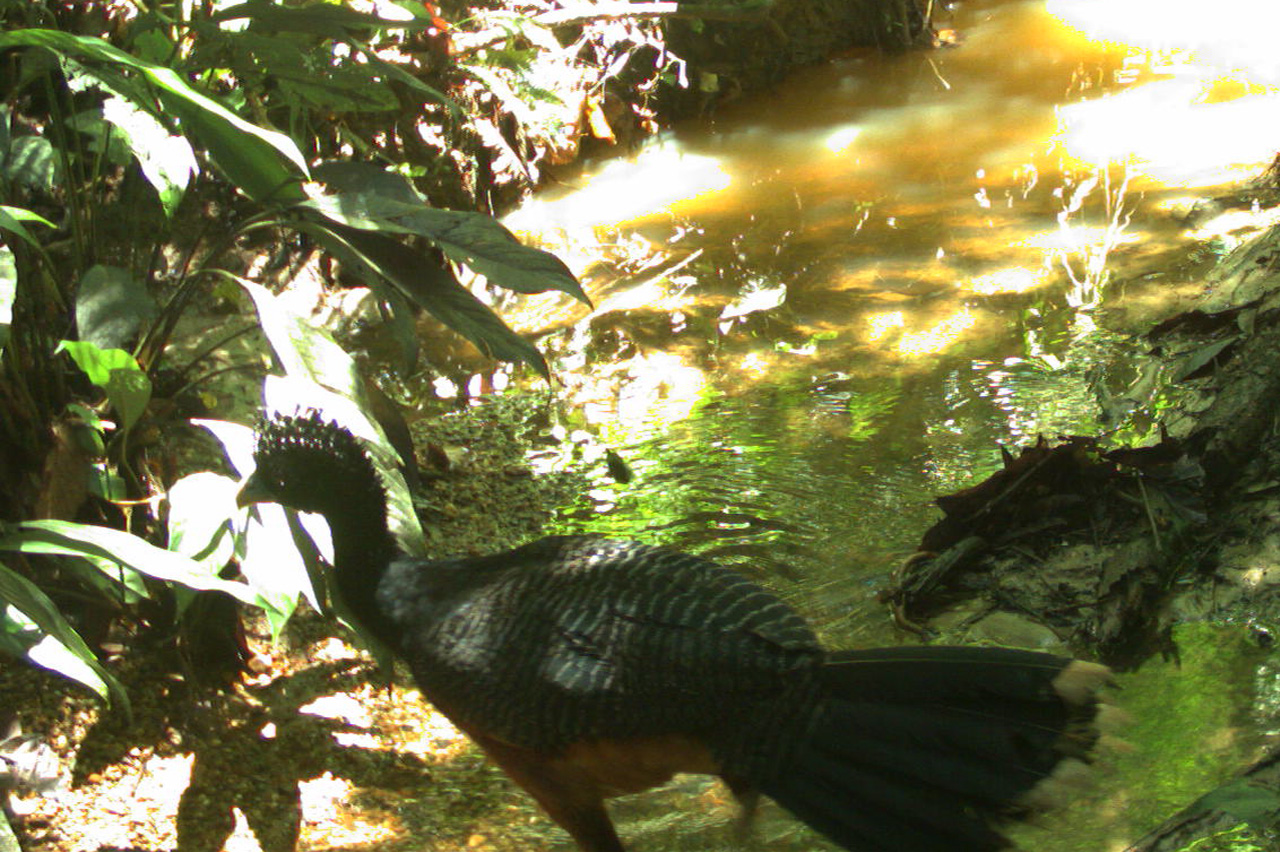From the start of the project in 2015 until 2020, we observed an increase in the probability of occupancy associated with the effect of conservation agreements, which favored the species' colonization probability—meaning the likelihood of the paujil reaching areas where it was not previously found.
The presence of the species was identified in 34% of the forests, an occupancy rate that was only 8% before.
 Photo: Proyecto Vida Silvestre
Photo: Proyecto Vida Silvestre
More than 313 records of the paujil were obtained through camera traps over 4 years of monitoring. In 2020, paujils were detected for the first time in Cimitarra (Santander).
All these results are due to many actions, including the connection of 3,000 hectares of forest. Additionally, through conservation agreements, hunting of individuals in areas intervened by the PVS was reduced.
Traslated with AI suport